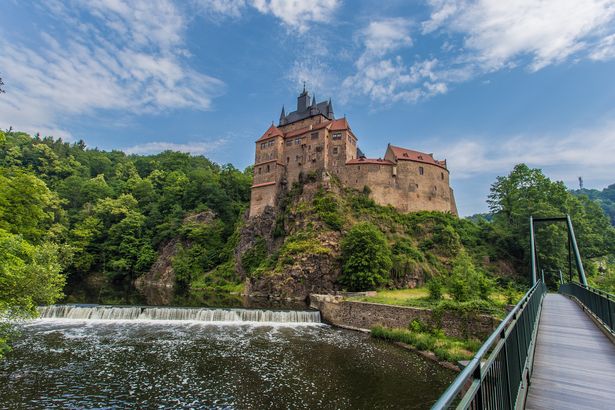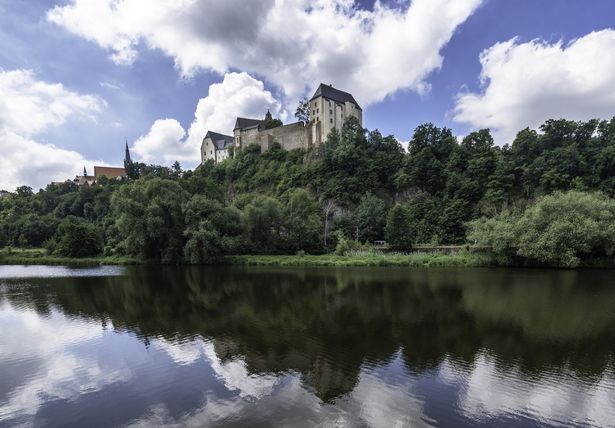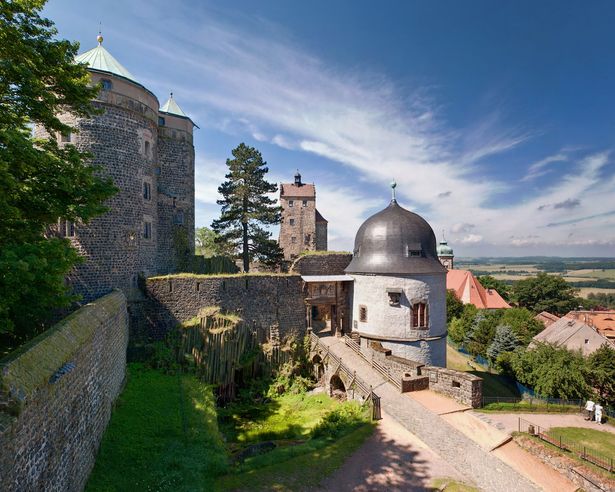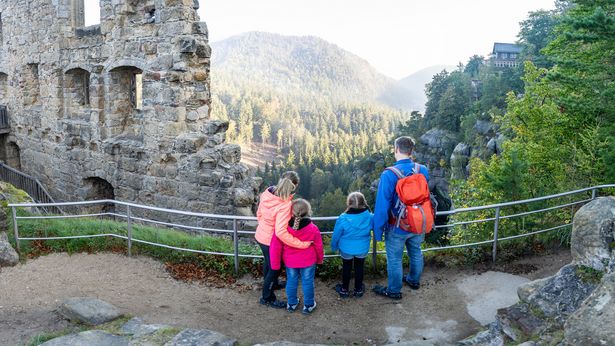Getting up close with the Middle ages in Saxony’s knight’s castles
Saxony´s Knight's castles
Kriebstein Castle
Neighing horses, creaking knight's armour, the sound of clashing swords: At Kriebstein Castle, located high above the river Zschopau, the Middle Ages come alive. It sits high on a rock surrounded by a forest and with a history spanning six centuries, has many an exciting story to tell.
Mildenstein Castle
Mildenstein Castle in the town of Leisnig is one of the oldest castles in Saxony. Anyone who climbs up the steps to the mighty structure, will be rewarded with a magnificent view of the valley of the Mulde river. Tip: Check out the kitchen with its open fireplace (still functioning!), the knight’s hall and the wooden floor of the Gothic granary. Leisnig and the castle are also important stops on the Luther Trail.
Königstein Fortress
Blessed with a no less spectacular location, Königstein Fortress perches 240 metres above the Elbe valley on a table mountain in the Elbe Sandstone Mountains. With its 42-metre-high outer walls, it is Europe's largest mountain fortress and a real bulwark. In fact, Königstein has never been taken by enemies. Visitors, however, are nowadays more than welcome and can enjoy one of the best views of Saxon Switzerland National Park’s stunning scenery.
Tip: In 1725, in a competition to build the largest wine barrel, Augustus the Strong had one built on the site of Königstein Fortress – with a capacity of 238,600 litres. You can see a modern replica in the wine cellar in the form of an artistic installation made of glass, steel, light and music.
Stolpen Castle
Stolpen Castle’s history goes back to the 13th century. In 1713, Augustus the Strong decided that it would be a good place to imprison his mistress, Countess Cosel, for whom he had previously bought Pillnitz Palace and who had become a political liability. He unceremoniously sent her into exile in the 200-metre-long castle, where she lived for almost 50 years until her death in 1765. The castle and her former living rooms can still be visited today.
Tip: Take a look at the Medieval torture chamber, but beware of the crazed giggles of the castle ghost Basaltus…
Oybin Castle
The ruins of Oybin Castle are perched on the rocky massif of mount Oybin in the Zittau Mountains. In the 14th century, Emperor Charles IV had the castle converted into his retirement home. The German Romantic landscape painter Caspar David Friedrich immortalised the ruins as seen by moonlight in atmospheric, gloomy paintings. The nearby monastery church ruin is no less fascinating. The romantic ensemble is a true visitor magnet.
Tip: In a small house on the 514-metre-high Oybin mountain, you'll find a rare camera obscura (pinhole camera), which is one of the brightest in Europe!




